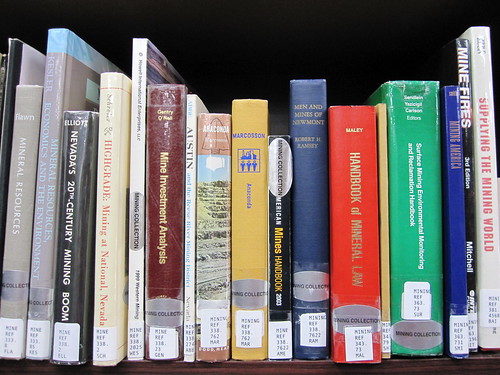I was at the Nevada Library Association conference this week. I gave two talks, one was a fairly standard talk about things you can do with very little money and staffing to beef up your library. The other was a topic I’ve been enjoying more lately, about the ethics of Library 2.0. Slides and notes and links are here. Aaron was talking recently about this slightly on Walking Paper… now that libraries have access to what we call “2.0 tools” how can we reign in some of the playtime and help direct people towards the most useful and/or appropriate uses of new stuff?
I showed off a bunch of Nevada libraries that were using interesting tools. By and large the larger libraries had integrated some interesting cloud-based tools to help deliver content on their websites. Other smaller libraries were hit or miss, some had interestingly integrated technology, others had a blog that hadn’t been updated in a year and a half. There is a great article in this month’s Computers in Libraries [note to infotoday staff: put this stuff online!] about what public libraries really are and are not using as far as technology generally [old school and new school tools]. The results are sort of what you’d think. Libraries in bigger population zones are using tech a lot — online catalogs, email contact form and website are standard — whereas small libraries are less likely to be using this. Interestingly, because of the population skew of urban vs. rural environments most people using libraries have access to OPACs and library websites, while only 80-ish% of libraries [by number] actually have these things.
It’s been making me think, this week, about what to do about the trailing 20%. The Nevada Library Association is smaller than the Vermont Library Association, it was great to get to hang around with some fellow traveler librarians.
